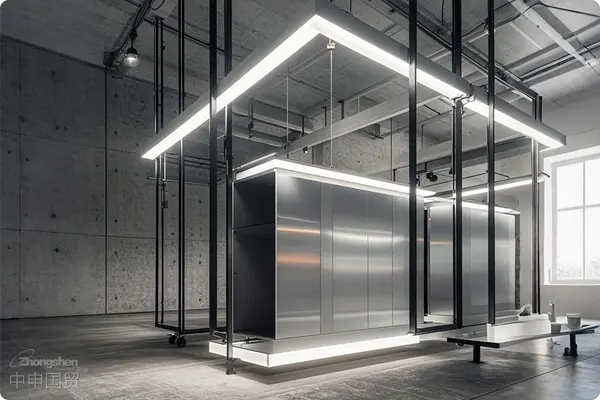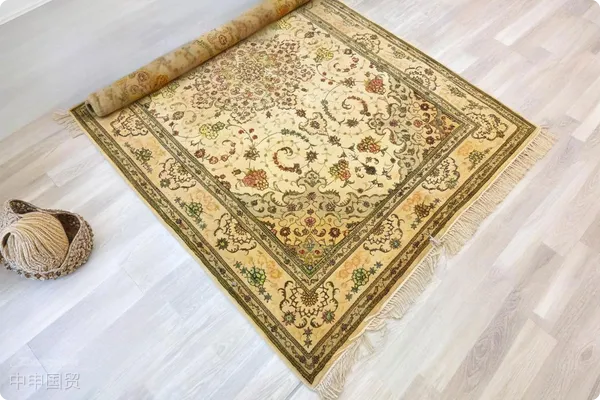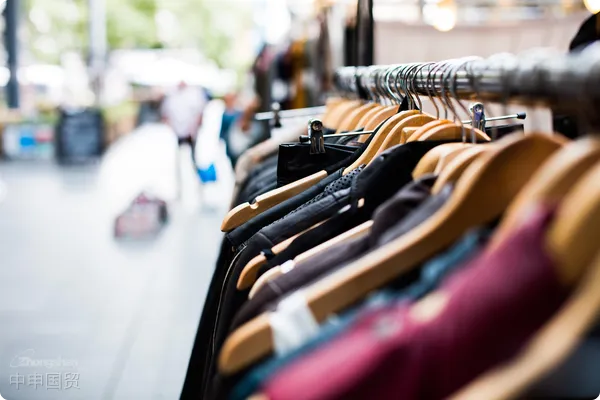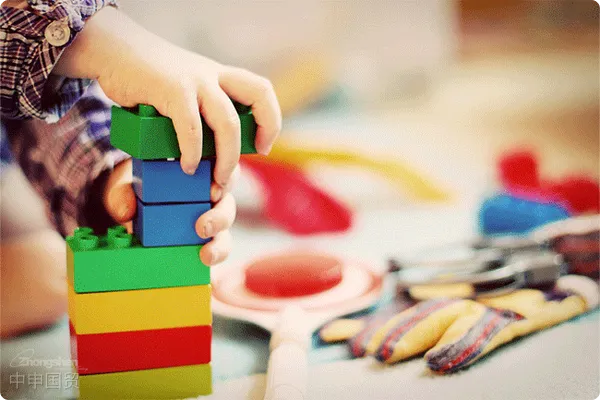- Shanghai Zhongshen International Trade Co., Ltd. - Two decades of trade agency expertise.
- Service Hotline: 139 1787 2118
The demand for LED lighting products in the Middle East market continues to rise. However, complex regulations and strict certification standards have caused many enterprises to encounter frequent setbacks when exporting. Without GCC G - mark and SASO certifications, LED lighting fixtures cannot be sold in countries such as Saudi Arabia and the UAE. Failure to pass the IECEE CB test may lead to the seizure or return of products during customs clearance. How to ensure the smooth entry of LED lighting fixtures into the Middle East market

I. Mandatory Certifications and Test Reports for Market Access in the Middle East
The supervision of imported electronic products in Middle Eastern countries is centered around the standards of the Gulf Cooperation Council (GCC), combined with local regulations of each country. For the export of LED lighting fixtures, the following certifications and tests should be focused on:
1. IECEE CB Certification (International Electrotechnical Commission Mutual Recognition System)
- Applicability: Most Middle Eastern countries accept the conversion of CB system reports, which can significantly shorten the certification cycle.
- Test Standards:
- Safety Standards: IEC 60598 - 1 (General Safety Requirements for Luminaires)+IEC 60598 - 2 series (Specific Luminaire Types, such as Road Lighting, Recessed Luminaires, etc.)
- Light Source Standards: IEC 62493 (Electromagnetic Radiation Safety), IEC 62031 (LED Module Safety)
- Value of Agency Services: By integrating CB tests with local certifications, the cost of repeated testing can be reduced.
2. GCC Conformity Mark (Gulf G - mark Certification)
- : The six Gulf countries including Saudi Arabia, the UAE, and Kuwait.: Seven Gulf countries including Saudi Arabia, the UAE, and Kuwait.
- Core Test Items:
- Energy Efficiency Test: Comply with energy efficiency label requirements such as SASO 2870 (Saudi Arabia), ESMA UAE.S 5019 (UAE).
- Electromagnetic Compatibility (EMC): CISPR 15 (Radio Interference Limits) and IEC 61000 - 4 series (Immunity to Interference).
- Environmental Adaptability: High - temperature test (continuous operation above 50℃), dust and water resistance (IP rating verification, IP65 or above is required in desert areas).
3. National Specific Certifications
- 沙特SASO認(rèn)證: It is necessary to provide a PCoC (Product Conformity Certificate) registered on the SABER platform. Since 2023, a photobiological safety (IEC 62471) test has been added.
- 阿聯(lián)酋ECAS認(rèn)證: It is necessary to pass the energy efficiency verification of the laboratory designated by ESMA and affix the EESL energy efficiency label.
II. Additional Test Reports Concerned by Middle East Customers
In addition to mandatory certifications, purchasers often require suppliers to provide the following reports to verify product competitiveness:
- Luminous Efficacy and Life Test: LM - 80 (LED Light Source Lumen Maintenance Rate), TM - 21 (Life Estimation) reports to prove that the product life is ≥25,000 hours.
- Light Distribution Test: IES file (Luminous Intensity Distribution Curve Data), applicable to the bidding of engineering - type lighting fixtures.
- Material Environmental Protection Testing: RoHS 2.0 (Restriction of Hazardous Substances), REACH SVHC (Registration, Evaluation, Authorization and Restriction of Chemicals) compliance statements.
III. Agent Services to Optimize the Export Compliance Process
In response to the pain points of limited resources of small and medium - sized enterprises, professional importExport Representationcompanies can provide:
- One - stop Certification Management: Full - process trusteeship from sample submission for inspection, document translation to the rectification of GCC country - specific differences.
- Localized Compliance Support: Assist in designing product labels and packaging that meet the Arabic language marking requirements (such as Voltage: 220 - 240V/50Hz).
- Risk Early Warning Service: Dynamically track the regulatory updates of Middle Eastern countries (such as the new energy efficiency grading system proposed by Oman in 2024).
IV. Action Suggestions for Export Enterprises
- Plan the Certification Cycle in Advance: The G - mark certification takes 4 - 8 weeks, and 2 weeks should be reserved for the Saudi SABER registration.
- Choose Compliant Design Products: Give priority to the wide - voltage (100 - 277V) design to adapt to the power grid fluctuations in the Middle East.
- Collaborate deeply with the agency: Resolve customs clearance disputes quickly by leveraging its local resource network.
When exporting LED lighting fixtures to the Middle East market, the certification requirements are strict and the customs clearance process is complex. A slight oversight may delay the shipment or even lead to the return of goods. Enterprises should plan the certification process in advance, ensure compliant design, and cooperate with professionalsforeign tradeagencies (such asZhongShen International Trade) to optimize the customs clearance process using their local resources and reduce trade risks.
Related Recommendations
? 2025. All Rights Reserved. 滬ICP備2023007705號(hào)-2  PSB Record: Shanghai No.31011502009912
PSB Record: Shanghai No.31011502009912










